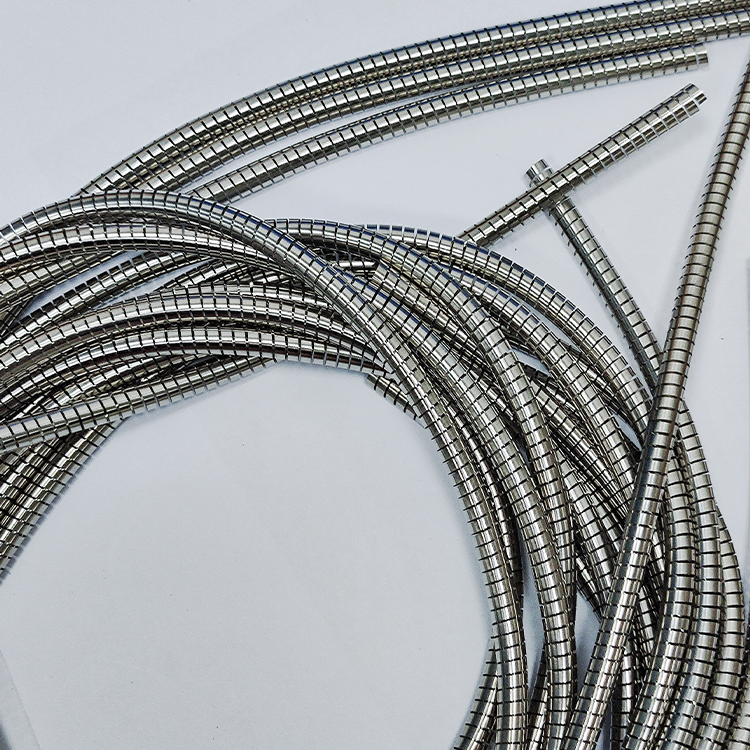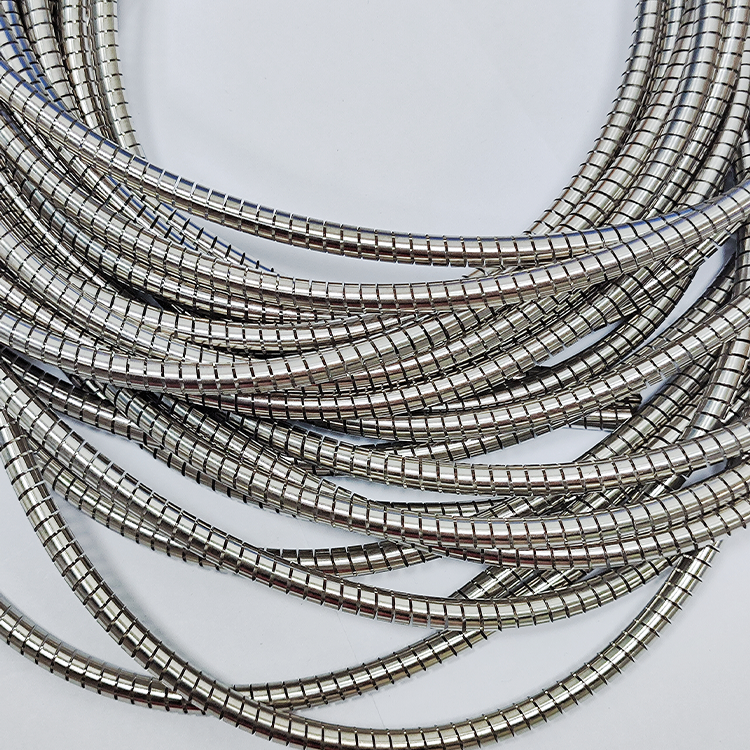Frequency of lubricating helical springs should align with manufacturer’s recommendations and job specifics. Generally, refer to the guide for smoother operation and diminished wear. Prior cleaning is crucial to eliminate debris or old lubricant that may impede effectiveness.For springs subjected to high-cycle fatigue or harsh conditions, more attention – including lubrication – might be needed compared to those operating under normal circumstances. Regular checks (visual inspection for wear/damage, tension check) are vital for extending technical spring lifespan. Also, regular cleanings are necessary to remove dirt and fragments around components like washers, which can impact performance if unchecked.

Devising a detailed maintenance schedule and outlining all tasks and their respective frequencies is key to keeping your springs at peak performance. This timetable should be tailored based on the type of spring used and its operational conditions. For instance, springs exposed to high stress or extreme temperatures might necessitate more frequent inspections and lubrications than those in standard conditions.

In summary, the frequency of lubricating helical springs hinges on specific applications and operating conditions. Always adhere to the manufacturer’s advice and consider environmental and operational needs of your application to determine an appropriate maintenance plan.